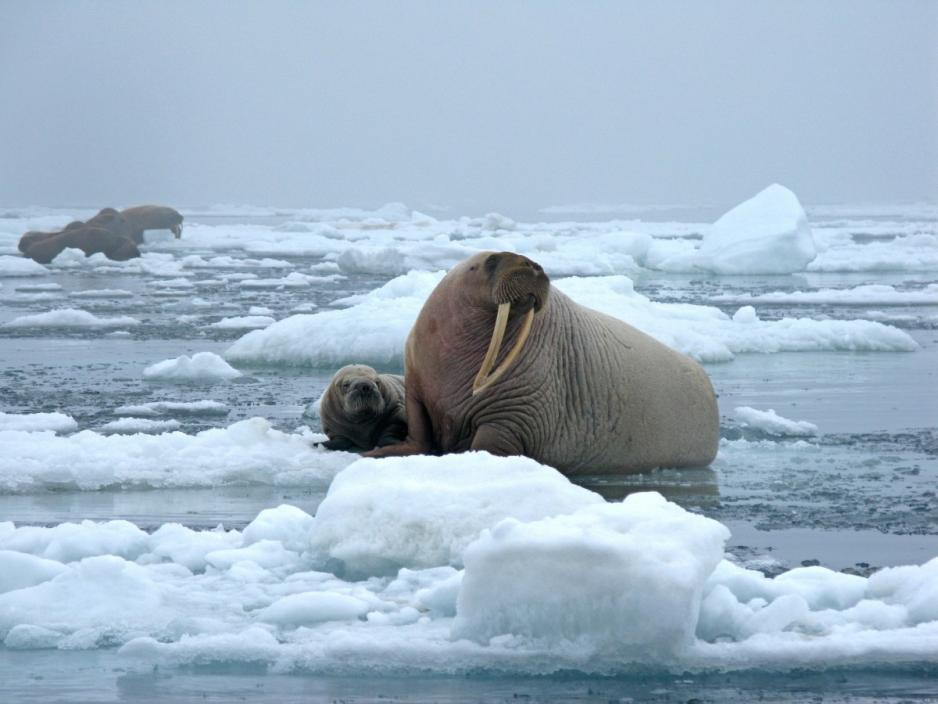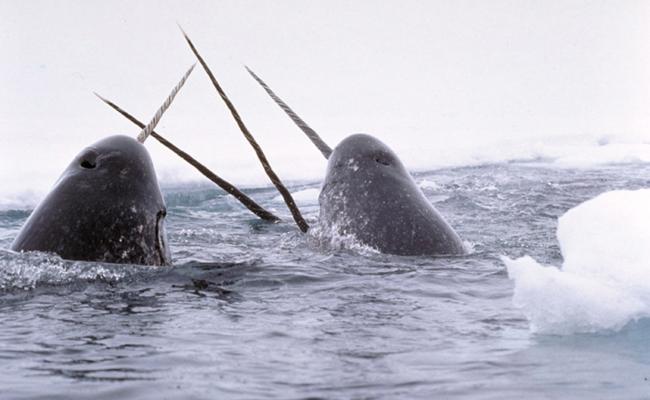'Walrus Detectives' Help Map Out the Atlantic Walrus

The Arctic is melting, putting walrus and other species that live there at risk. (Photo: pxhere)
Since 2021, WWF and the British Antarctic Survey have engaged so-called 'Walrus Detectives'. Through the research project Walrus From Space, the public can help provide scientists with vital data on walrus populations. Over 37,000 detectives have contributed so far.
The Walrus From Space project investigates how walruses are impacted by the climate crisis. Since 2021, WWF and the British Antarctic Survey (BAS) have appealed to the public for help counting walruses.
The so-called "Walrus Detectives" help by searching through years of satellite photos of the Arctic, detecting walruses, and providing scientists with vital data on walrus populations.
The project aims to carry out a census of Atlantic walrus populations in Canada, Greenland, and the Norwegian Arctic. Furthermore, it will attempt to explore what consequences rapid climate change could have for these populations and what can be done to safeguard their future.
So far, 37,000 people have accepted the position as "Walrus Detectives," and the helpers have reviewed 2 years of the total 6 years of satellite images.
Walruses
There are two main subspecies of walrus - the Atlantic and the Pacific. Borth occupy different areas of the Arctic. The Atlantic walrus lives in the seasonally ice-covered northern waters of Canada, Greenland, Norway and Russia.
The walruses can live to around 40 years old.
Walruses are rarely found in deep water. They prefer feeding at the bottom of shallow waters, eating clams, mollusks, worms, snails, soft shell crabs, shrimp, and sea cucumbers.
Walruses rest on ice or ashore but prefer to rest on sea ice.
Walruses are highly susceptible to disturbance and noise.
Climate change is the walruses' greatest threat.
Source: WWF
By looking at satellite imagery, the public has been helping scientists find and count where walruses haul out or rest during the summer months.
WWF-UK recently shared on LinkedIn that the project has garnered new discoveries:
- Rediscovered a site last surveyed in 1985
- Found two unexpected walrus haul-out sites in Greenland
- Identified a completely new site
They emphasize that these discoveries help scientists learn how climate change may affect walruses.
Climate change and walruses
Climate change impacts walruses in several ways. Walruses depend on sea ice that is shrinking at a high rate. Summer Arctic sea ice extent is shrinking by 12.6% per decade as a result of warming temperatures, writes WWF.
Resting on land instead of sea ice may force the walruses to swim further and expend more energy to reach their food. It also reduces the area in which they can search for food.
The increasing acidity of the Arctic Ocean also makes it difficult for the main prey of the walrus, like clams, sea snails and crabs, to build their shells.
In addition, walruses can be disturbed by shipping traffic and industrial developments in the Arctic.



